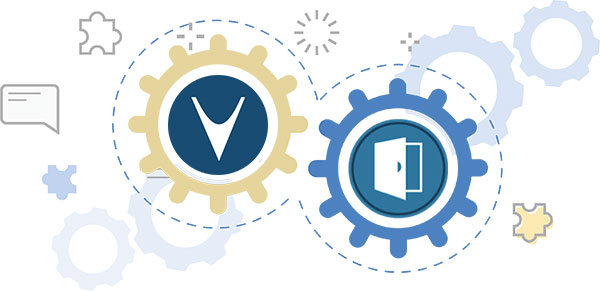Cadence vManager Integration with IBM DOORS
Are your verification teams on the same page as the requirements teams? Gain real-time visibility, cross-system traceability, better collaboration, and speed up System on Chip (SoC) level functional verification flow. Ensure faster tape out and manufacturing by reducing manual dependencies and errors. Empower verification engineers to automatically sync the latest requirement changes from IBM DOORS with full context in real-time.
Cadence vManager : From 20.06 to 21.01, 21.03, 21.09, 22.05, 22.12, 23.03, 23.09, 23.12
IBM DOORS : 9.1, 9.2, 9.3, 9.4, 9.5, 9.6 till 9.7.2
Verification with Enhanced Traceability and Planning
Enable the users of Cadence vManager and IBM DOORS to sync information bidirectionally so that current data is available to each user in each system. Integrating Cadence vManager with IBM DOORS helps verification and business teams focus on their core tasks without wasting time on manual data transfer. Use data across teams with full context and transparency to:

- Helps verification teams focus on writing verification tests based on the latest requirements without changing their Cadence vManager user experience
- Enables real-time exchange of information, such as verification of goals, requirements, implementation of verification and change requests.
- Maintains bidirectional sync to update changes and results from Cadence vManager to IBM DOORS and vice versa
- Enables real-time visibility into the development of each entity and its verification
- Decreases effort leakage by avoiding stale requirement records
Cadence vManager Integration with IBM DOORS Use Case
View how OpsHub Integration Manager (OIM) enables end-to-end traceability between Cadence vManager and IBM DOORS helping requirements management and verification teams sync changes effortlessly from one system to another:

-
01
OIM enables synchronization of Requirements from IBM DOORS to Cadence vManager as Sections, retaining the Requirement hierarchy.
-
02
Verification users write tests in Cadence vManager and associate Metric Port to Sections.
-
03
Next, the verification managers run verification analysis and compute Grade Results for that session.
-
04
Grade Results are rolled up and preserved in the Cadence vManager database (using vPlan script)
- Grade Attributes include Test Execution Status, % covered, #Passed, Overall Average Grade, #Failed, Functional Formal Average Grade, Formal Grand Total, State Total Weights etc.
-
05
OpsHub syncs back rolled up Grade Attributes from Cadence vManager Section in to DOORS Requirement.
Cadence vManager Integration with IBM DOORS Using OpsHub Integration Manager
- Cadence vManager integrates with IBM DOORS bidirectionally
- The synchronization ensures all historical and current data is available to users in real-time in their preferred environment with full context
- All work items from Cadence vManager sync automatically to IBM DOORS, and all requirement entities and details synchronize back to Cadence vManager from IBM DOORS
- All the information you need in real-time in your preferred tool. No manual dependencies or human errors
OpsHub Integration Manager (OIM) bridges the information gap in semiconductor testing and verification. OIM replaces the need for manual mapping of requirements with automated sync of data between verification teams and requirements teams. Achieve better collaboration, reduce manufacturing delays and compliance risks by integrating changes in real-time from Cadence vManager to IBM DOORS or IBM DOORS to Cadence vManager.
Get 30-Minutes FREE Customized Integration Consultation
Why OpsHub Integration Manager?
- Guaranteed data consistency
- Full traceability of requirements
- History preservation in the integrated systems
- Robust failure recovery capabilities
- Built-in conflict resolution between source and target
- Deployment flexibility (On-premise or Cloud)
